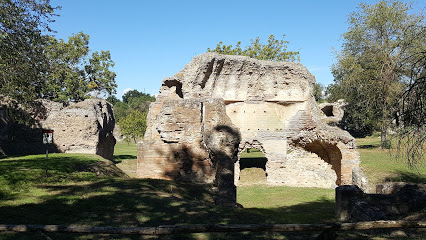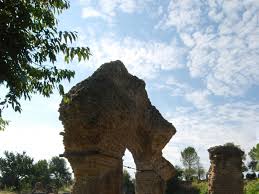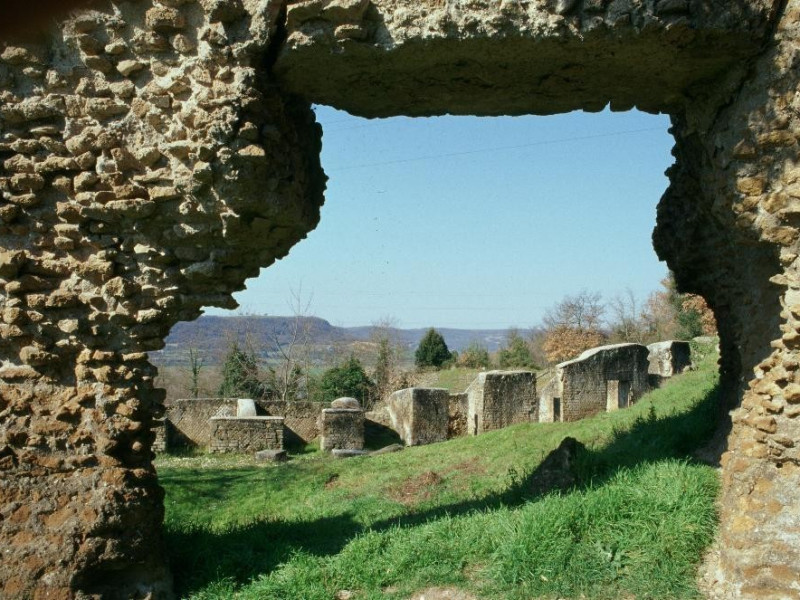Ocriculum, the center of Umbrian on the hill where Otricoli stands today, as also shown by the nickname of the opera "okar" for "Holy Hill" (or "Acropolis"), descended in the Tiber Valley in the Roman period, where today we can admire the magnificent remains of buildings General monuments known since the Renaissance.
Papal excavations in the late 1970s revealed a rich amount of artwork and inscriptions (including the famous Jupiter Otricoli and multicolored mosaics in the baths), which are now preserved in the Vatican Museums.
Although there are many easily recognizable landmarks, the topography of the Old City still represents many uncertainties due to the lack of systematic excavations, but perhaps this is precisely what increases its proposal as well because the visual remains complex imposes. Almost all of them belong to the same period, and Augustus is supposed to be a theater, amphitheater, and a majestic corridor building supposedly supporting one of the city's most important monuments, the Capitolium. Dating back to the second century instead, the baths, which were rich in pictorial mosaics, built on an artificial plateau became possible thanks to the introduction of Rio San Vittore into an underground tunnel that then flows into the Tiber.
The seat of the dioceses until the seventh century AD in that period, will return to the original hill, where one knows whether it was built on preceding temples, an important church of pre-Roman architecture and the heart of a small and fascinating urban center, almost untouched through the centuries.
Archaeological ponds of today's herb
Approximately 36 hectares of the archaeological archaeological park offer the visitor, as well as the view that could be the same as the view of the Grand Tour traveler, full immersion in historical buildings and unspoilt nature that, thanks to the huge and blonde presence of the Tiber, always shows different colors, sounds and emotions each season.




